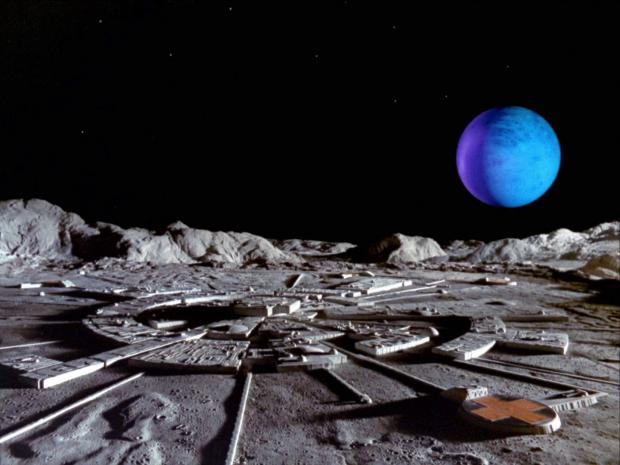
Breaking News
 Iran Regime Kills Protesters as Unrest and Calls for Regime Change Spread Nationwide
Iran Regime Kills Protesters as Unrest and Calls for Regime Change Spread Nationwide
 Trump, Treason, and the New York Times
Trump, Treason, and the New York Times
 Democrat idiocy at work in San Francisco
Democrat idiocy at work in San Francisco
 BREAKING THROUGH Tesla AI in 2026
BREAKING THROUGH Tesla AI in 2026
Top Tech News
 Laser weapons go mobile on US Army small vehicles
Laser weapons go mobile on US Army small vehicles
 EngineAI T800: Born to Disrupt! #EngineAI #robotics #newtechnology #newproduct
EngineAI T800: Born to Disrupt! #EngineAI #robotics #newtechnology #newproduct
 This Silicon Anode Breakthrough Could Mark A Turning Point For EV Batteries [Update]
This Silicon Anode Breakthrough Could Mark A Turning Point For EV Batteries [Update]
 Travel gadget promises to dry and iron your clothes – totally hands-free
Travel gadget promises to dry and iron your clothes – totally hands-free
 Perfect Aircrete, Kitchen Ingredients.
Perfect Aircrete, Kitchen Ingredients.
 Futuristic pixel-raising display lets you feel what's onscreen
Futuristic pixel-raising display lets you feel what's onscreen
 Cutting-Edge Facility Generates Pure Water and Hydrogen Fuel from Seawater for Mere Pennies
Cutting-Edge Facility Generates Pure Water and Hydrogen Fuel from Seawater for Mere Pennies
 This tiny dev board is packed with features for ambitious makers
This tiny dev board is packed with features for ambitious makers
 Scientists Discover Gel to Regrow Tooth Enamel
Scientists Discover Gel to Regrow Tooth Enamel
 Vitamin C and Dandelion Root Killing Cancer Cells -- as Former CDC Director Calls for COVID-19...
Vitamin C and Dandelion Root Killing Cancer Cells -- as Former CDC Director Calls for COVID-19...
Are people really considering going to the moon… to mine?

Their new report discussed the requirements for commercial mining and fuel production on the moon. In particular, they talked about getting water from the permanently shadowed lunar craters. The water would serve as propellant fuel for spacecraft.
The idea of cheap and convenient space travel throughout the inner solar system relies on two things: Reusable rocket stages and spacecraft, and a reliable source of rocket fuel found in space.
The moon may fulfill the latter requirement. Recent studies found the presence of water ice at the permanently shadowed regions near the lunar poles.
The study suggested that lunar landers may extract the water ice and break it down into hydrogen and oxygen. Both combustible elements are excellent rocket fuel. The oxygen would also serve as breathable air for astronauts.
Furthermore, the weak gravity of the moon would make it easy to launch hydrogen and oxygen payloads into orbit or beyond. Lunar mining and fuel facilities would make it possible for humans to operate and travel in cislunar space. (Related: Sci-fi in real life: Scientists propose building a space station INSIDE an asteroid and using its gravity to mine valuable space rocks.)
Mining water ice on the moon to make rocket fuel for spacecraft
The study calculated the near-term need for mining at least 2,700 tons of lunar water each year. The extracted ice would be turned into 500 tons of propellant fuel, which would be worth $2.4 billion.
Funding the birth of a new industry would cost a lot. Researchers believed that the lunar propellant project would need $4 billion in initial investment.
"This was a very significant and thorough joint effort by industry, government and academic experts to put together a detailed and realistic analysis," explained Colorado School of Mines (Mines) researcher Angel Abbud-Madrid. "It lays out the approach, challenges and payoffs of developing a private business to harvest and process lunar polar ice as the foundation of a lunar, cislunar and Earth-orbiting economy."
Abbud-Madrid and his co-authors covered everything. They even came up with potential collaborations between the public and private sectors.
The report recommended building the commercial lunar fuel system in phases. Each phase would improve the technology, gather more investors, and encourage the growth of customers and markets.



